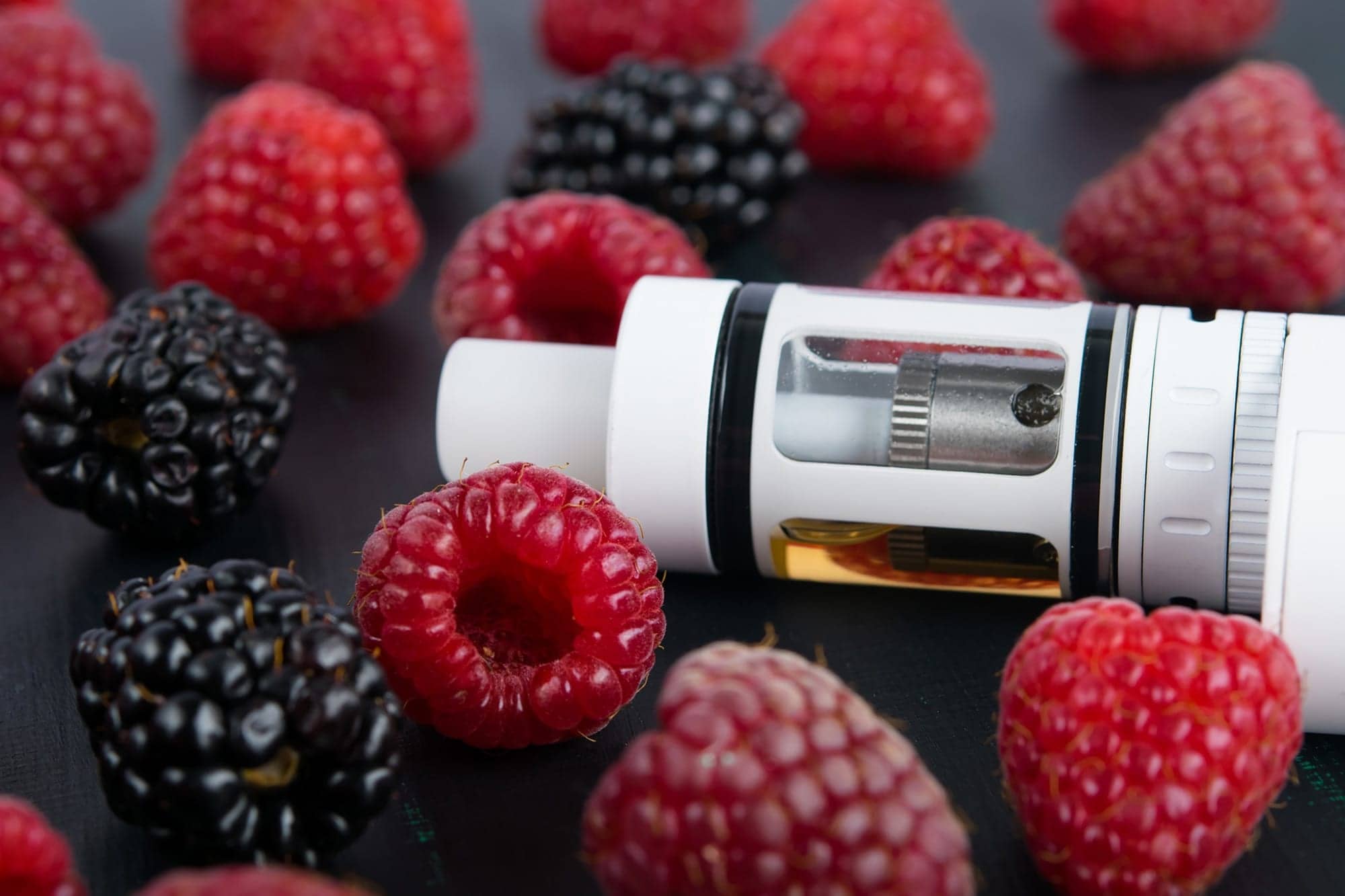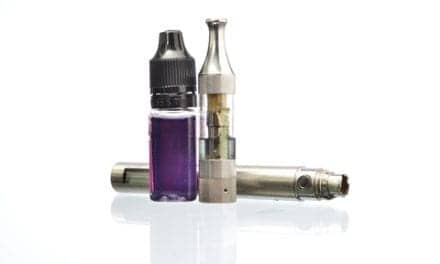The US CDC reports that 3.6 million American youth reported current e-cigarette use in 2020, a decline from 5.4 million in 2019, according to data from the National Youth Tobacco Survey published in Morbidity & Mortality Weekly Report (MMWR).
Specifically, 19.6% of high school students and 4.7% of middle school students were current (within last 30 days) users of e-cigarettes in 2020, compared to 27.5% and 10.5%, respectively, in 2019.
This data also showed that a majority of youth e-cigarette users reported using flavored e-cigarettes in 2020, including 82.9% of high school e-cigarette users and 73.9% of middle school e-cigarette users. Among high school students who currently used any type of flavored e-cigarettes, the most common flavors were fruit (73.1%); mint (55.8%); menthol (37.0%); and candy, desserts, or other sweets (36.4%). Among middle school students, the most common flavors were fruit (75.6%); candy, desserts, or other sweets (47.2%); mint (46.5%); and menthol (23.5%).
The data noted that while overall use declined, the types of e-cigarette products youth are using has shifted. Pre-filled cartridges remained the most commonly used product type; however, disposable e-cigarette use has increased 1,000% among high school students and 400% among middle school students since 2019, according to the CDC.
Consistent with 2019 findings, pre-filled pods/cartridges were the most commonly used device type among youth e-cigarette users. However, from 2019 to 2020, disposable e-cigarette use increased from 2.4% to 26.5% (1,000%) among high school e-cigarette users and from 3.0% to 15.2% (400%) among middle school e-cigarette users.
These findings were consistent with a second report released today in MMWR, which assessed trends in US e-cigarette sales. Pre-filled cartridges remain the leading type of e-cigarettes sold, but disposable product sales increased within the past year. Moreover, among pre-filled cartridge sales, menthol flavored products comprised more than three-fifths (61.8%) of all flavored products sold.
The retail sales data are consistent with the NYTS data, CDC said. While pre-filled cartridges remained the leading product type sold, disposable sales increased from 10.3% in August 2019 to 19.8% of total sales by May 2020. Among pre-filled cartridge sales, the proportion of mint sales declined beginning in August 2019, and by May 2020, menthol (61.8%) dominated the market.
“Although the decline in e-cigarette use among our Nation’s youth is a notable public health achievement, our work is far from over,” said CDC Director Robert R. Redfield, MD. “Youth e-cigarette use remains an epidemic, and CDC is committed to supporting efforts to protect youth from this preventable health risk.”
However, health experts accused the CDC of looking at the data through rose-colored glasses.
The American Thoracic Society issued a statement condemning e-cigarette manufacturers for preying on youth users and the CDC and FDA for allowing it.
“Industry apologists will point to the small decline in youth e-cigarette use from 2019 to 2020 but as a doctor who treats patients with lung disease, what concerns me is the high levels of daily use by children,” said Hasmeena Kathuria, MD, vice-chair of the ATS Tobacco Action Committee. “Not only can daily e-cigarette use lead to serious illness for kids today, it is likely setting them up for lung disease as adults. That data shows the FDA’s passive approach to e-cigarette regulation is setting these kids up for a life-time of disease and addiction.”
According to the ATS, the most concerning data revealed that among youth e-cigarette users, 38.9% of high school students and 20% of middle school students reported using e-cigarettes on 20 or more of the past 30 days, while 22.5% of high school users and 9.4% of middle school users reported daily use. The data highlights the FDA’s continued failure to keep e-cigarettes out of the hands of kids, the ATS said in its statement.
“Let’s keep in mind that kids are the victim in this data and the e-cigarette industry is the villain,” said Michelle Eakin, PhD, chair of the ATS Tobacco Action Committee. “The concerning level of youth e-cigarette use is a direct result of the FDA’s failure to regulate e-cigarettes. Even the few actions the FDA has taken have been so slow and so riddled with loopholes that e-cigarette companies continue to make and sell flavored products despite a supposed flavoring ban. The 1000 percent increase in youth use of flavored disposable e-cigarettes shows just how ineffective FDA’s current flavoring restrictions are.”
“Until FDA bans flavors in all tobacco products, they will continue to put our kids at risk,” said Ilona Jaspers, PhD, member of the ATS Tobacco Action Committee. “No child wants to inhale tobacco-flavored aerosols. It is the flavors that entice kids to try e-cigarettes. It is the flavors that start kids on a path towards disease and addiction.”
“The ATS believes that it is imperative for the FDA to enact a complete flavorings ban, including menthol on tobacco products like California just passed and to invest in identifying effective nicotine cessation treatments,” the ATS statement concluded.
The American Lung Association called youth vaping a concurrent public health crisis to COVID-19 and racial health disparities.
“…Our nation is facing multiple public health crises simultaneously: the COVID-19 pandemic, continued racial health equity disparities, and a youth vaping crisis,” said Harold Wimmer, president and CEO of the American Lung Association. “The tobacco industry has long used flavored tobacco products as starter products for kids and continues with flavored e-cigarettes today. And these data show that e-cigarette companies, many of which are owned by major tobacco companies, have successfully used Big Tobacco’s playbook to hook another generation of America’s kids.”
“The Food and Drug Administration (FDA) has a unique opportunity to reverse this spike in youth use, by denying any flavored tobacco product permission to remain on the market when it reviews the applications due to the agency on September 9. In the meantime, our states and communities must act to fill the void left by FDA’s failure to take action by passing state and local laws to prohibit the sale of all flavored tobacco products,” Wimmer said.










